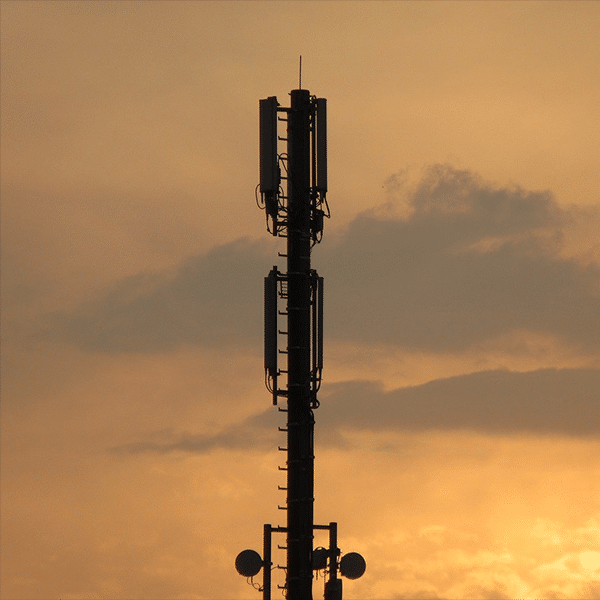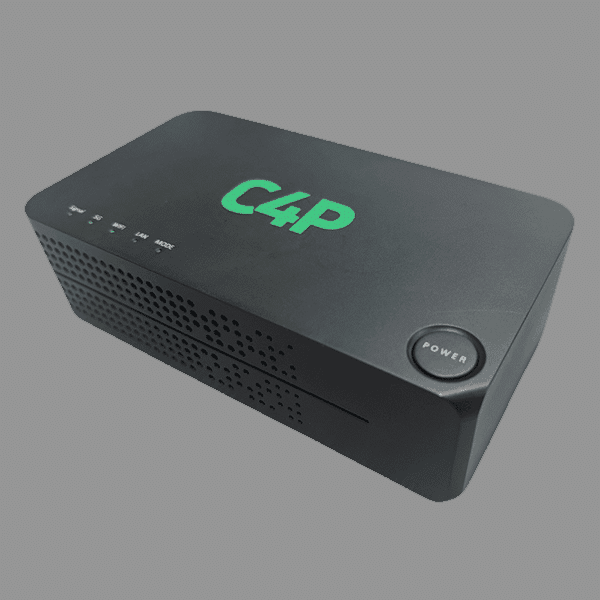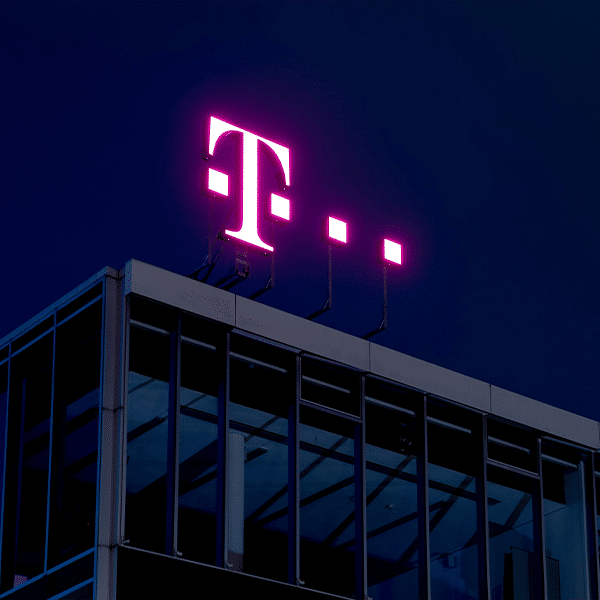T-Mobile said today that it has launched four-carrier aggregation in parts of its 5G standalone network and expects to launch the technology nationwide “in the coming weeks.”
As T-Mobile explained in a press release today, the company is combining four 5G channels of sub-6 GHz spectrum. This includes two channels of 2.5 GHz spectrum, one channel of 1900 MHz spectrum and one channel of 600 MHz spectrum.
“That’s like taking four separate highways and turning them into a massive superhighway where traffic can zoom faster than before,” T-Mobile said.
The company said earlier this year that it measured peak speeds topping 3.3 Gbps on a test call using four-carrier aggregation on its commercial network.
It’s worth noting that one of the four channels used on that call was different from what T-Mobile will be using for its commercial deployment. In the test call, a second 1900 MHz channel was used in place of the 600 MHz channel.
It’s also important to note that to experience the benefits of four-carrier aggregation, customers need phones capable of supporting the technology. For the moment, that means customers with the Samsung Galaxy S23, but according to T-Mobile more devices will follow.
Carrier Aggregation
Providers have been experimenting with and deploying carrier aggregation for years in various forms.
For example, several providers have used two-carrier aggregation to boost uplink speeds. Providers generally architect their wireless data networks to have higher downstream speeds, but as traffic requiring symmetrical connectivity increases, providers are seeking ways to boost upstream speeds.
Verizon has used two-carrier aggregation for 5G uplinks since 2020 or earlier.
Using carrier aggregation on 5G standalone networks, as T-Mobile is doing with its four-carrier launch, is expected to boost speeds further than aggregating an equivalent number of channels on a 5G non-standalone network. The 5G standalone networks are based on later-generation standards that are designed specifically for 5G.
AT&T recently demonstrated two-carrier aggregation for uplink communications using standalone 5G, and T-Mobile recently did a similar demo on its commercial network.



